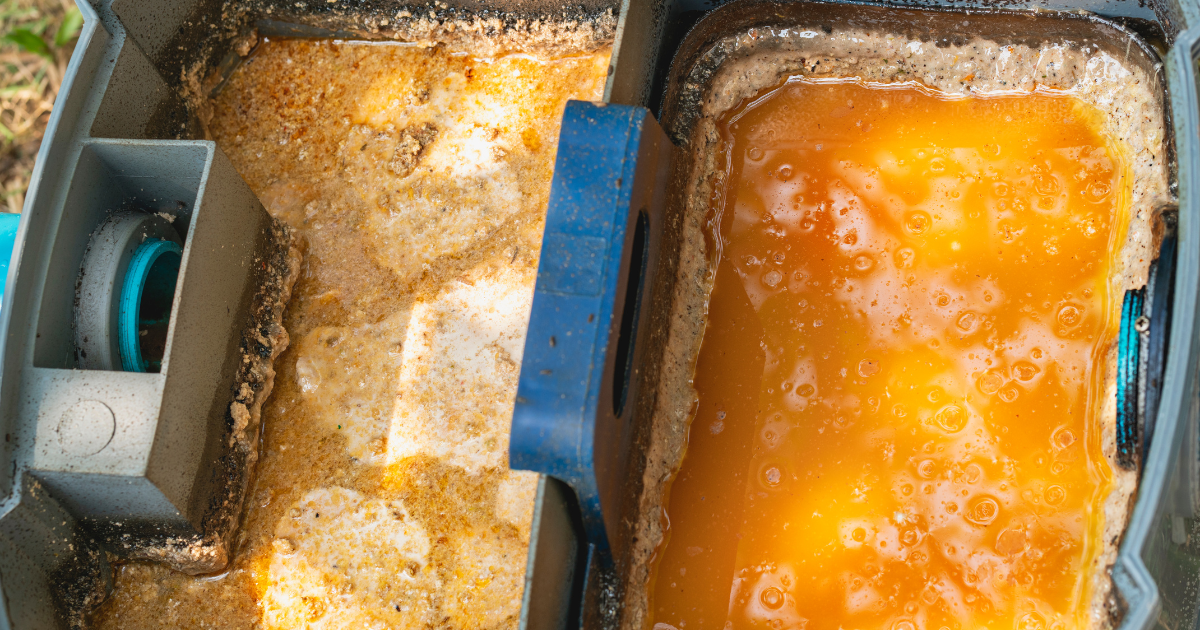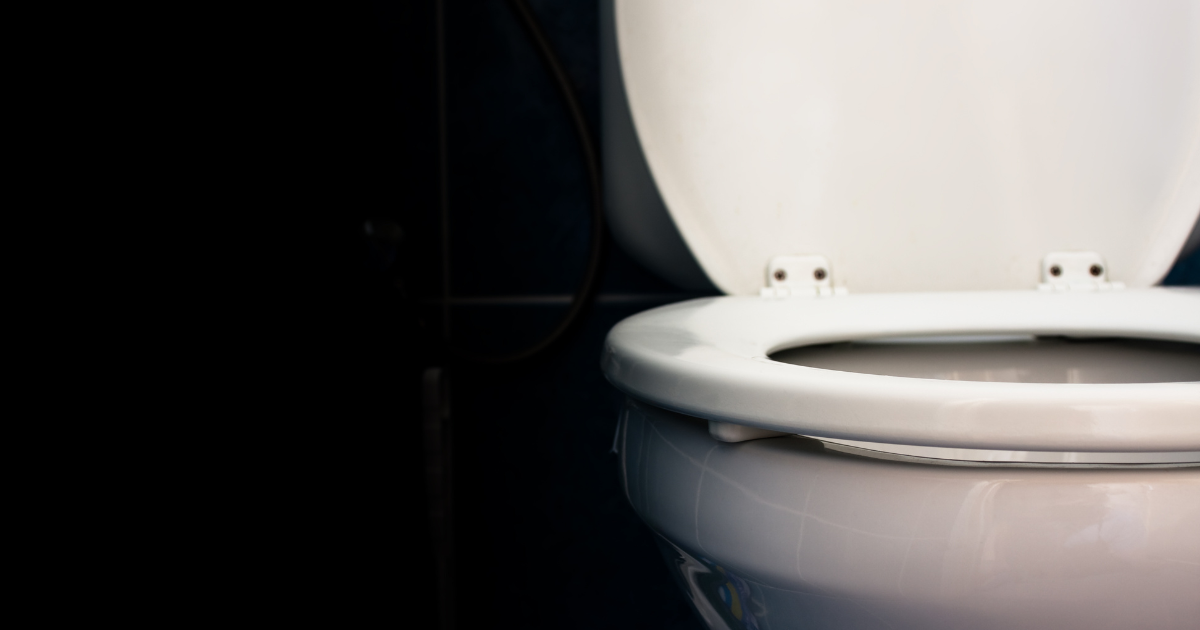The Most Common Plumbing Problems in San Diego and How to Fix Them
Living in San Diego comes with its unique set of plumbing challenges. From the hard water that can wreak havoc on your pipes to the occasional droughts that strain water resources, homeowners here face various plumbing issues. In this article, we'll explore some of the most common plumbing problems in San Diego and provide tips on how to fix them. We'll also help you understand when to call in a professional.
1. Clogged Drains
Problem: Clogged drains are a frequent issue in many San Diego homes. They can occur in sinks, showers, and bathtubs, often due to the buildup of hair, soap scum, grease, and food particles.
DIY Fix:
- Plunger: For minor clogs, a plunger can often do the trick. Ensure enough water is in the sink or tub to cover the plunger’s cup, and give it several firm plunges.
- Drain Snake: A drain snake (or auger) can break up the blockage for more stubborn clogs. Insert the snake into the drain and turn the handle to push it through the clog.
- Baking Soda and Vinegar: Pour a cup of baking soda and vinegar down the drain. Let it sit for about 15 minutes, then flush with hot water.
When to Call a Professional:
If you’ve tried these methods and the clog persists, it’s time to call a plumber. Persistent clogs can indicate a more severe issue in your main sewer line.
2. Leaky Faucets
Problem: Leaky faucets are annoying and can also waste significant water, driving up your water bill. The cause is usually worn-out washers or seals.
DIY Fix:
- Turn Off Water Supply: Before starting any repair, turn off the water supply to the faucet.
- Replace Washers and O-rings: Disassemble the faucet handle and replace any worn washers or O-rings. These parts are inexpensive and can be found at most hardware stores.
- Reassemble Faucet: Once the new parts are in place, reassemble the faucet and turn the water supply back on.
When to Call a Professional:
If the faucet continues to leak after you’ve replaced the washers and O-rings, the issue may be more complex, such as a corroded valve seat. A professional plumber can diagnose and fix the problem.
3. Low Water Pressure
Problem: Low water pressure can frustrate daily tasks like showering and washing dishes. It’s often caused by the buildup of mineral deposits in pipes or fixtures, leaks, or issues with the municipal water supply.
DIY Fix:
- Clean Aerators and Showerheads: Mineral deposits can clog aerators and showerheads, reducing water pressure. Remove these fixtures and soak them in vinegar overnight to dissolve the deposits.
- Check for Leaks: Inspect your plumbing system for leaks. Even a small leak can significantly reduce water pressure.
- Pressure Regulator: Ensure that your home's pressure regulator (if you have one) is set correctly. Adjust it if necessary.
When to Call a Professional:
If cleaning aerators and checking for leaks doesn’t solve the problem, there may be a more severe issue, such as a problem with the main water line or pressure regulator. A plumber can diagnose and fix the issue, restoring your water pressure to normal levels.
4. Running Toilets
Problem: A running toilet can waste a lot of water, usually caused by a faulty flapper, fill valve, or overflow tube.
DIY Fix:
- Inspect Flapper: Check the flapper to see if it’s worn or misaligned. If it's not sealing correctly, water will continuously flow into the toilet bowl. Replace the flapper if necessary.
- Adjust Fill Valve: Ensure the fill valve functions correctly and adjust the float arm if the water level is too high or too low.
- Replace Overflow Tube: If the overflow tube is cracked or damaged, it must be replaced.
When to Call a Professional:
If you’ve replaced the flapper and adjusted the fill valve, but the toilet still runs, a more complex issue may require professional attention.
Conclusion
While many common plumbing problems in San Diego can be fixed with a bit of DIY effort, some issues require the expertise of a professional plumber. Knowing when to tackle a problem yourself and when to call in a pro can save you time, money, and frustration. If you’re ever in doubt, don’t hesitate to contact a reliable San Diego plumbing service to ensure your home’s plumbing system remains in top condition.


